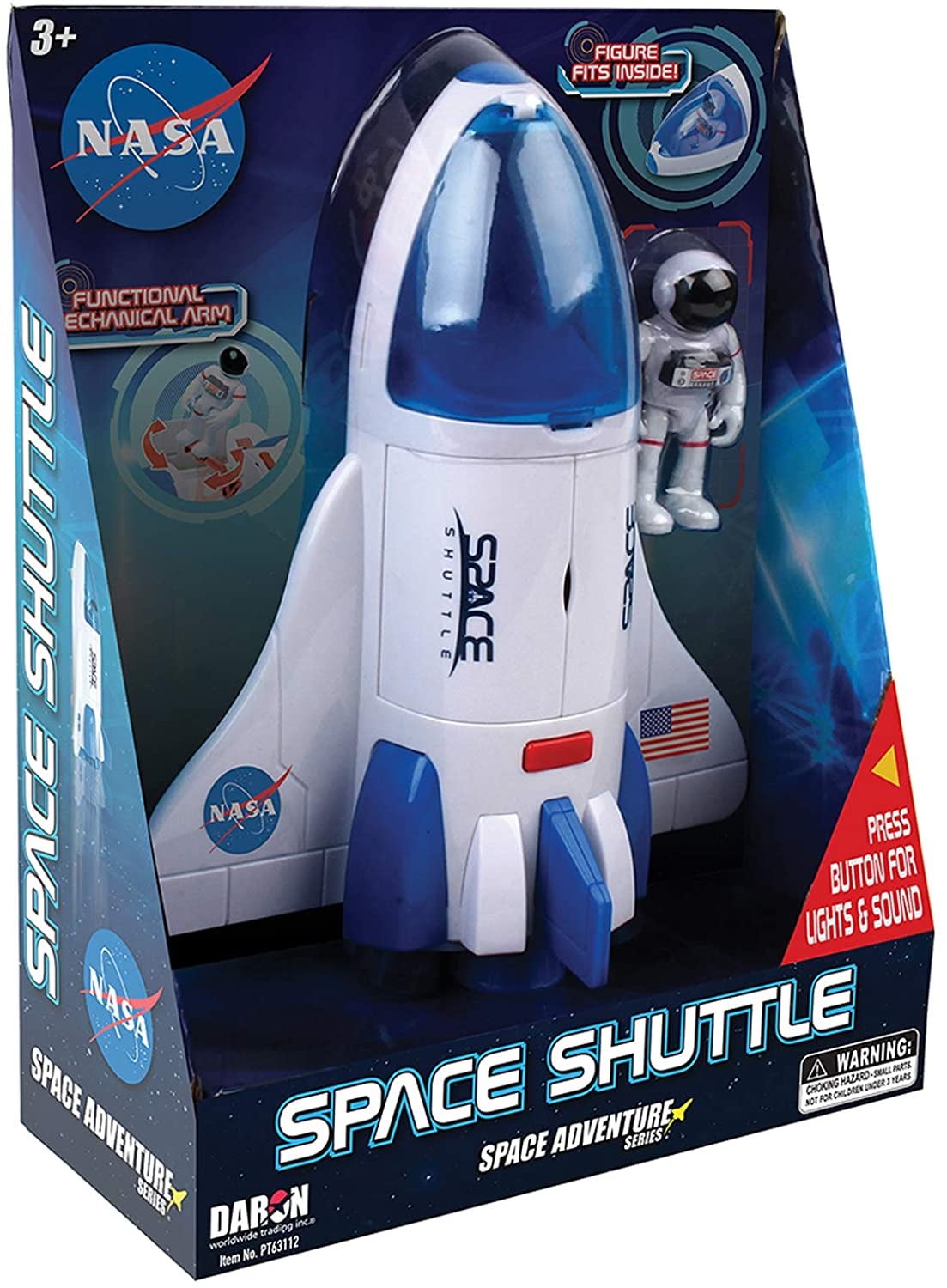
If the rocket is rolled back to the Vehicle Assembly Building, which would be necessary to service the flight termination system or perform more than cursory work at the launch pad, NASA has another Artemis I launch opportunity from October 17 to October 31. The space agency is expected to have those discussions with range officials soon. NASA would need to extend that battery rating to about 40 days. However, making that window would necessitate fixing the rocket at the pad and then getting a waiver from the US Space Force, which operates the launch range along the Florida coast.Īt issue is the flight termination system, which is powered independently of the rocket, with batteries rated for 25 days. Alternatively, the engineers may decide the repairs are best performed inside the Vehicle Assembly Building and roll the rocket back inside.ĭue to the orbital dynamics of the Artemis I mission to fly an uncrewed Orion spacecraft to the Moon, NASA will next have an opportunity to launch from September 19 to October 4. This may allow NASA to keep the vehicle on the pad ahead of the next launch.

If the launch team decides it can replace the quick-disconnect hardware at the pad, it may be an option to perform a partial fueling test to determine the integrity of the fix. What comes next depends on what engineers and technicians find on Monday when they inspect the vehicle at the launch pad. Finally at 11:17 am ET, hours behind on their timeline to fuel the rocket, launch director Charlie Blackwell-Thompson called a halt. Valiantly, the launch team at Kennedy Space Center tried three different times to stanch the leak, all to no avail. There are other concerns we need to address about spaceflight health, too, like the effect that lack of gravity has on the human bone structure.Further Reading The SLS rocket is the worst thing to happen to NASA-but maybe also the best? If we can figure out what is causing the mutations, perhaps we can combat it somehow. Was it spaceflight itself, or could the astronauts have been exposed to something that isn’t necessarily a concern anymore? All of this will need to be discovered to properly determine the risk of these mutations in a more widespread fashion. But, we don’t know the real cause of these mutations. They say that the presence of these small clones in the blood requires further inspection and investigation.įinding these DNA mutations in the astronaut’s blood is concerning, yes.

Altogether they discovered 34 nonsynonymous mutations in 17 CH-driver genes. They then compared the samples to the astronaut’s current blood spectrum, and they started finding the mutations in the DNA. These astronauts flew missions between 19. The researchers looked at blood taken from the astronauts almost 20 years ago.

And the DNA mutations found in the astronauts are very intriguing and worrying. With plans for deep space and commercial spaceflights coming to fruition, scientists are looking at these health risks more closely. A 2019 study showed that wasn’t the case, though concerns around the health risks of spaceflight have continued to be raised. There were previously concerns that spaceflight, like that used in NASA’s space shuttle program, could put astronauts at risk of dying from cancer. This isn’t the first time that the safety of spaceflight has been called into question, either.


 0 kommentar(er)
0 kommentar(er)
